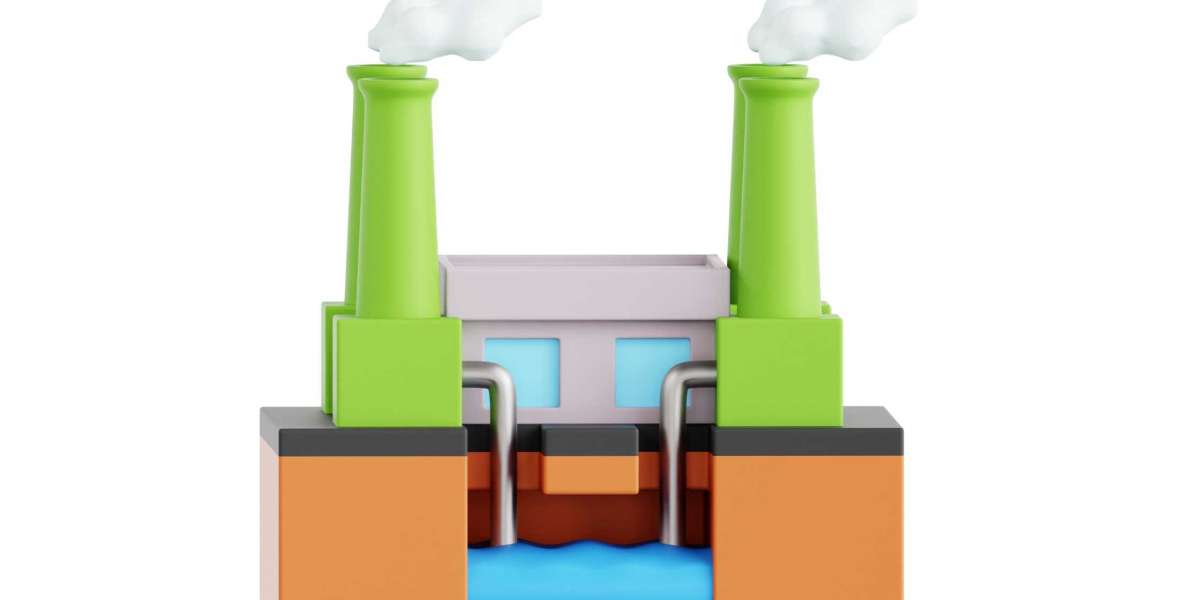Utilizing a CO2 analyzer for incubators helps maintain controlled environments by measuring CO2 concentration, humidity, and temperature. However, many users overlook common pitfalls that can impact the accuracy and reliability of these readings. In this guide, we will explore common mistakes to avoid when using a portable CO2 monitor and tips for maximizing its effectiveness.
Understanding the Importance of a Portable CO2 Monitor
A portable CO2 monitor helps measure and display CO2 levels in real-time. These devices are crucial for assessing air quality in various spaces, including incubators, workspaces, and laboratories, to prevent harmful CO2 buildup. Monitoring CO2 levels helps maintain a balanced environment, particularly in an incubator where fluctuations in CO2 can affect research and experimental outcomes.
Common Mistakes to Avoid When Using a Portable CO2 Monitor
While a portable CO2 monitor is valuable for air quality control, improper usage can lead to inaccurate readings and faulty data. Here’s a look at the most common mistakes and how you can avoid them.
1. Incorrect Placement of the CO2 Monitor
- Why It’s a Mistake: Placing the CO2 monitor too close to a ventilation source, door, or window can cause skewed readings due to uneven CO2 distribution.
- Solution: Place the CO2 analyzer in a central location within the incubator or room, away from any airflow sources. This ensures a more accurate representation of the room’s average CO2 level.
2. Ignoring Calibration Requirements
- Why It’s a Mistake: Over time, a CO2 monitor may lose accuracy, especially in environments where temperature and humidity fluctuate.
- Solution: Regular calibration is essential for accurate readings. Most manufacturers recommend calibrating your CO2 monitor every six to twelve months or as per the device’s specifications.
3. Overlooking Temperature and Humidity Influence
- Why It’s a Mistake: CO2 monitors are often affected by environmental factors like humidity and temperature, which can alter readings.
- Solution: Check for a CO2 analyzer model that can compensate for temperature and humidity fluctuations. Adjust the monitor's settings or choose a more advanced model suitable for high-humidity areas like incubators.
4. Using Outdated Firmware
- Why It’s a Mistake: Manufacturers may update device firmware to improve performance and accuracy. Using outdated firmware may lead to incorrect CO2 levels being displayed.
- Solution: Regularly update the firmware as recommended by the manufacturer. Keeping the firmware up to date helps maintain optimal device performance.
5. Failing to Clean and Maintain the Monitor
- Why It’s a Mistake: Dust, debris, and microbial growth can obstruct sensors, leading to inaccurate readings or device malfunctions.
- Solution: Clean the CO2 monitor periodically. Follow manufacturer instructions for maintenance, especially if the monitor is used in a controlled environment like an incubator where hygiene is crucial.
Key Considerations for Using a CO2 Analyzer in Incubators
Incubators are highly controlled spaces used in scientific research, healthcare, and industry. To maintain accurate CO2 levels, avoid these specific mistakes when using a CO2 analyzer in an incubator setting.
1. Inconsistent Monitoring Schedule
- Set up a consistent monitoring schedule for the incubator. Irregular checks can lead to missed fluctuations in CO2, temperature, and humidity.
- Opt for a monitor with data logging capabilities for real-time monitoring and historical data access.
2. Neglecting Power Source Issues
- If the monitor relies on batteries, low power can affect reading accuracy.
- Always check battery levels or ensure the device is plugged in to avoid power-related interruptions in monitoring.
3. Lack of Training and User Awareness
- Incorrect operation by untrained personnel can compromise the reliability of the CO2 readings.
- Provide training sessions to ensure all users understand the device's functionality and the importance of proper handling.
Best Practices for Optimal CO2 Monitor Performance
To achieve accurate and reliable results, consider these best practices for using a portable CO2 monitor effectively.
Routine Calibration and Maintenance
- Regular Calibration: Ensure calibration according to the device's guidelines. Some models come with automatic calibration features, while others require manual adjustments.
- Clean Regularly: Follow a maintenance schedule to prevent buildup and extend the lifespan of your monitor.
- Storage Precautions: Store the device in a clean, dry place when not in use. Avoid direct sunlight and moisture to prevent damage.
Monitor Environmental Factors
- Temperature and Humidity Control: For environments with high humidity, such as biological incubators, consider a monitor with temperature and humidity compensation.
- Avoid Obstructions: Keep the sensor area free of obstructions for unimpeded air quality monitoring.
Proper Training and Education
- User Training: Ensure that all operators understand how to use, calibrate, and maintain the device.
- Standard Operating Procedures: Develop an SOP for CO2 monitoring and make it available to all users to ensure consistency.
Additional Tips for Choosing a CO2 Analyzer for Incubators
When selecting a CO2 analyzer for incubators, prioritize features that suit your specific use case:
- High Accuracy: Opt for a model with a low margin of error, particularly if it’s used for scientific or medical purposes.
- Temperature and Humidity Compensation: Choose a monitor that accounts for temperature and humidity changes, essential for controlled environments like incubators.
- Data Logging and Connectivity: Devices with data logging and remote access capabilities enable continuous monitoring and analysis.
Why Avoiding These Mistakes Matters
Monitoring CO2 levels is vital in applications ranging from indoor air quality control to controlled environments like incubators. Even minor mistakes, such as inconsistent placement or neglecting calibration, can result in inaccurate CO2 readings, leading to compromised research, safety risks, and equipment inefficiencies. Proper use of a CO2 monitor not only supports compliance with safety standards but also contributes to improved air quality and operational efficiency in controlled environments.
Final Thoughts
A portable CO2 monitor, especially a CO2 analyzer for incubators, is an invaluable tool in maintaining optimal air quality. By avoiding common mistakes and adhering to best practices for usage and maintenance, you can ensure accurate readings and a safe environment. Whether for research, healthcare, or industry, understanding the correct way to operate your CO2 monitor can prevent potential risks and deliver reliable data essential for making informed decisions.







